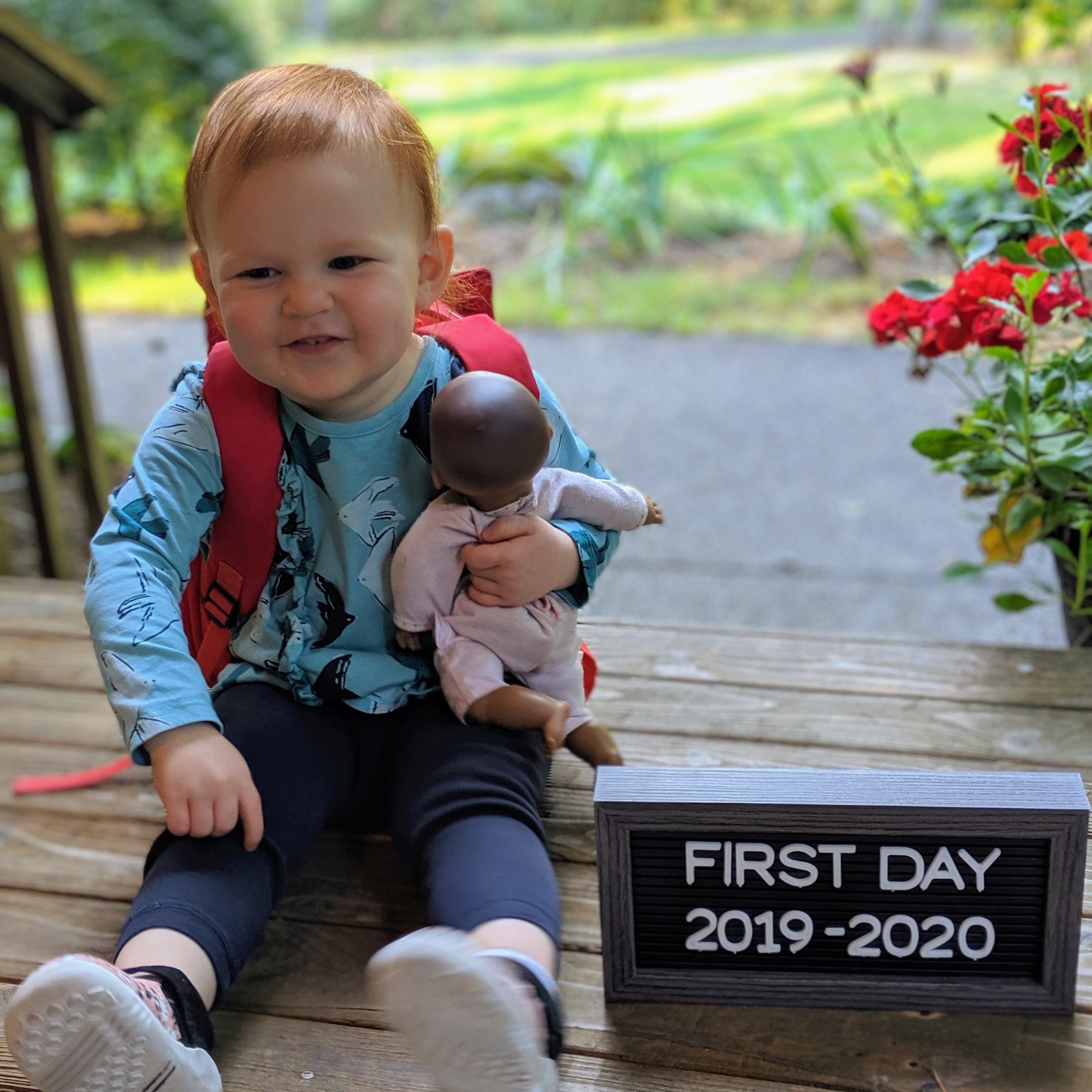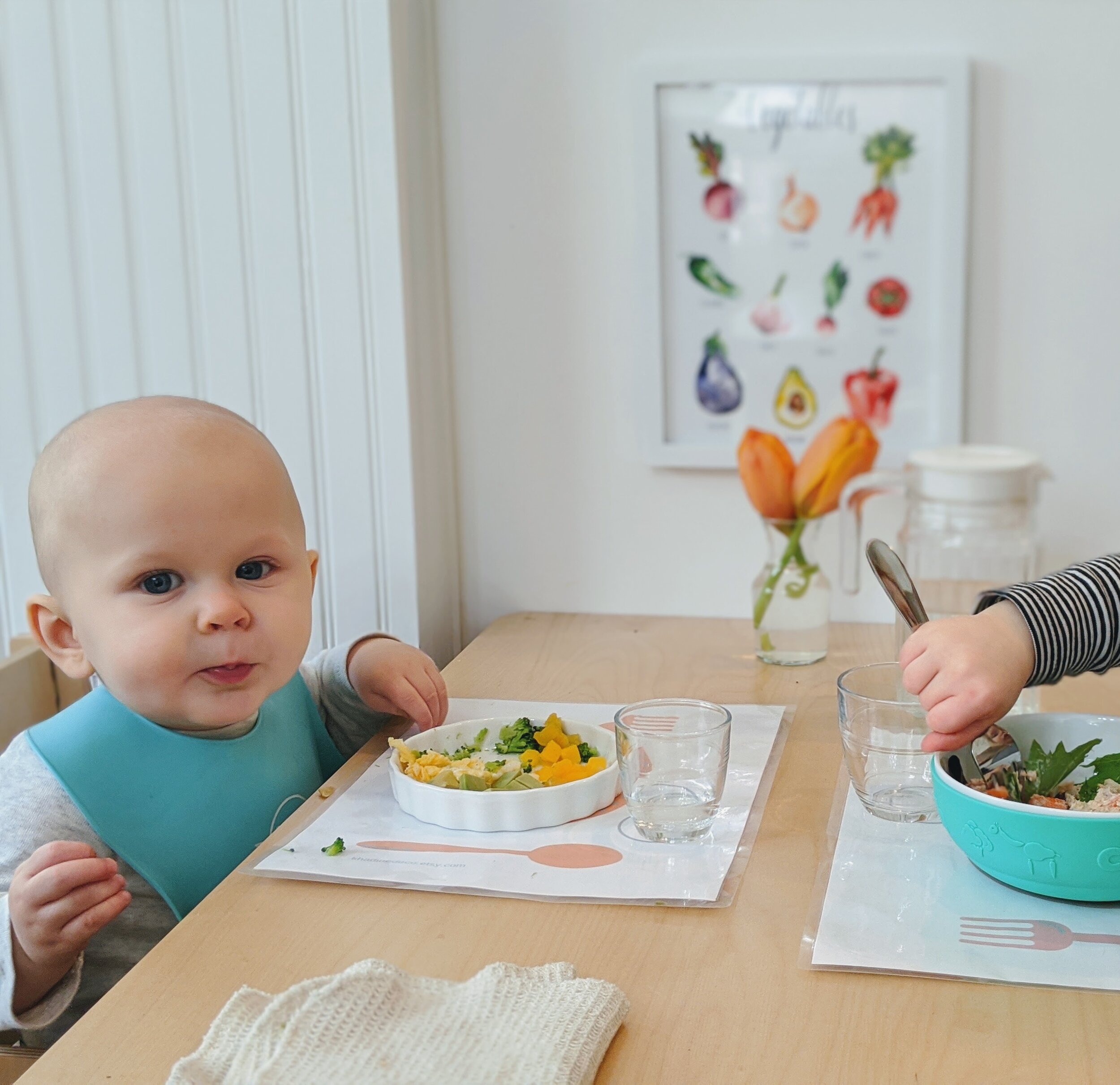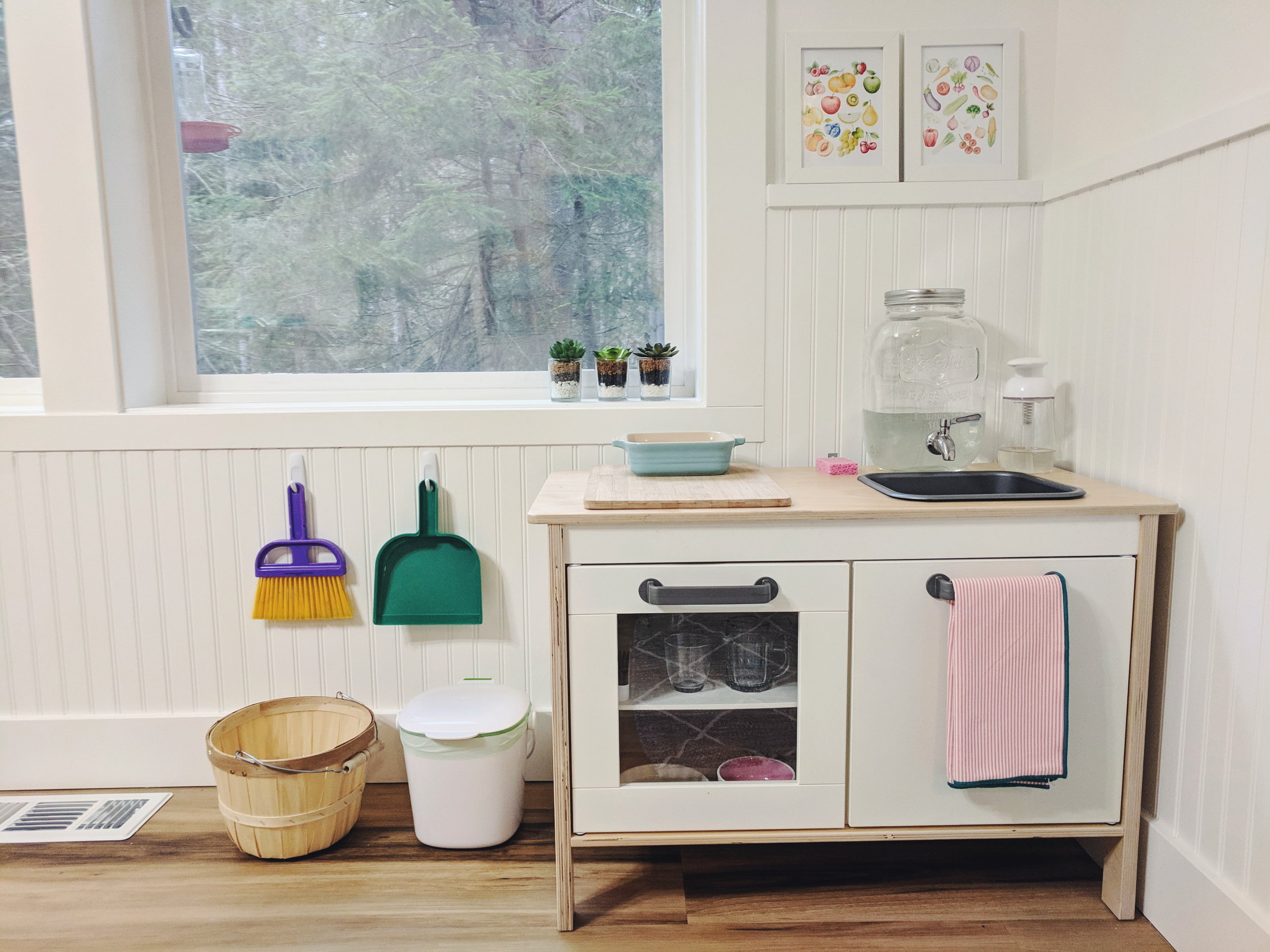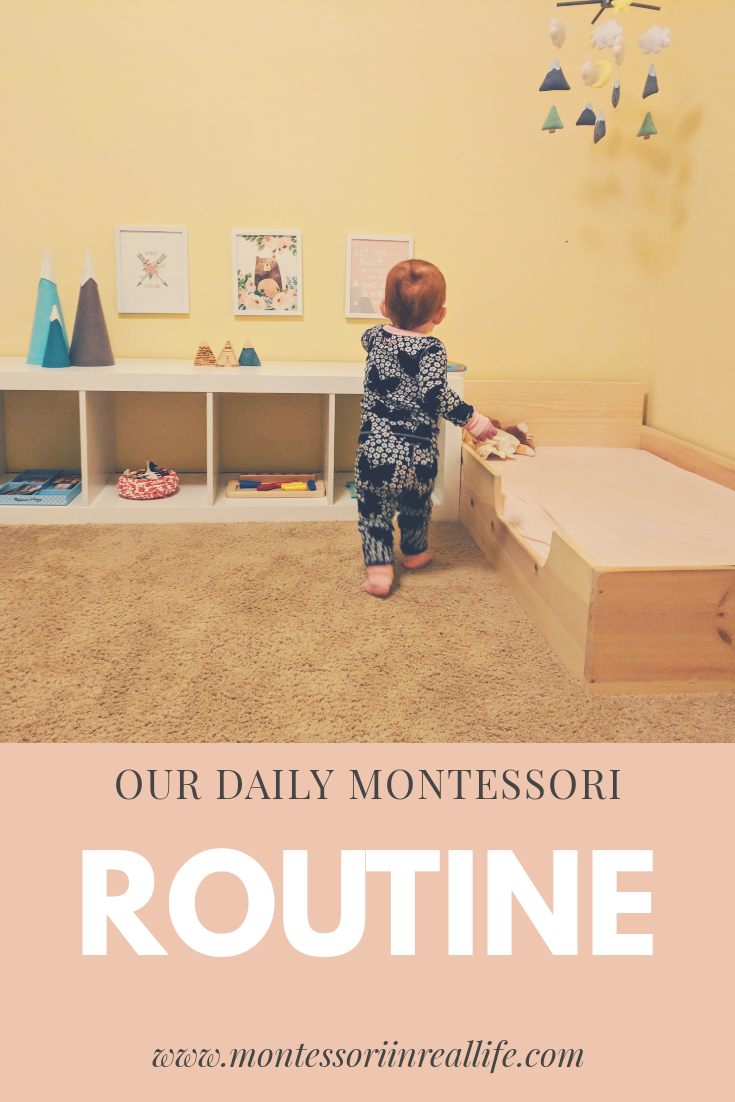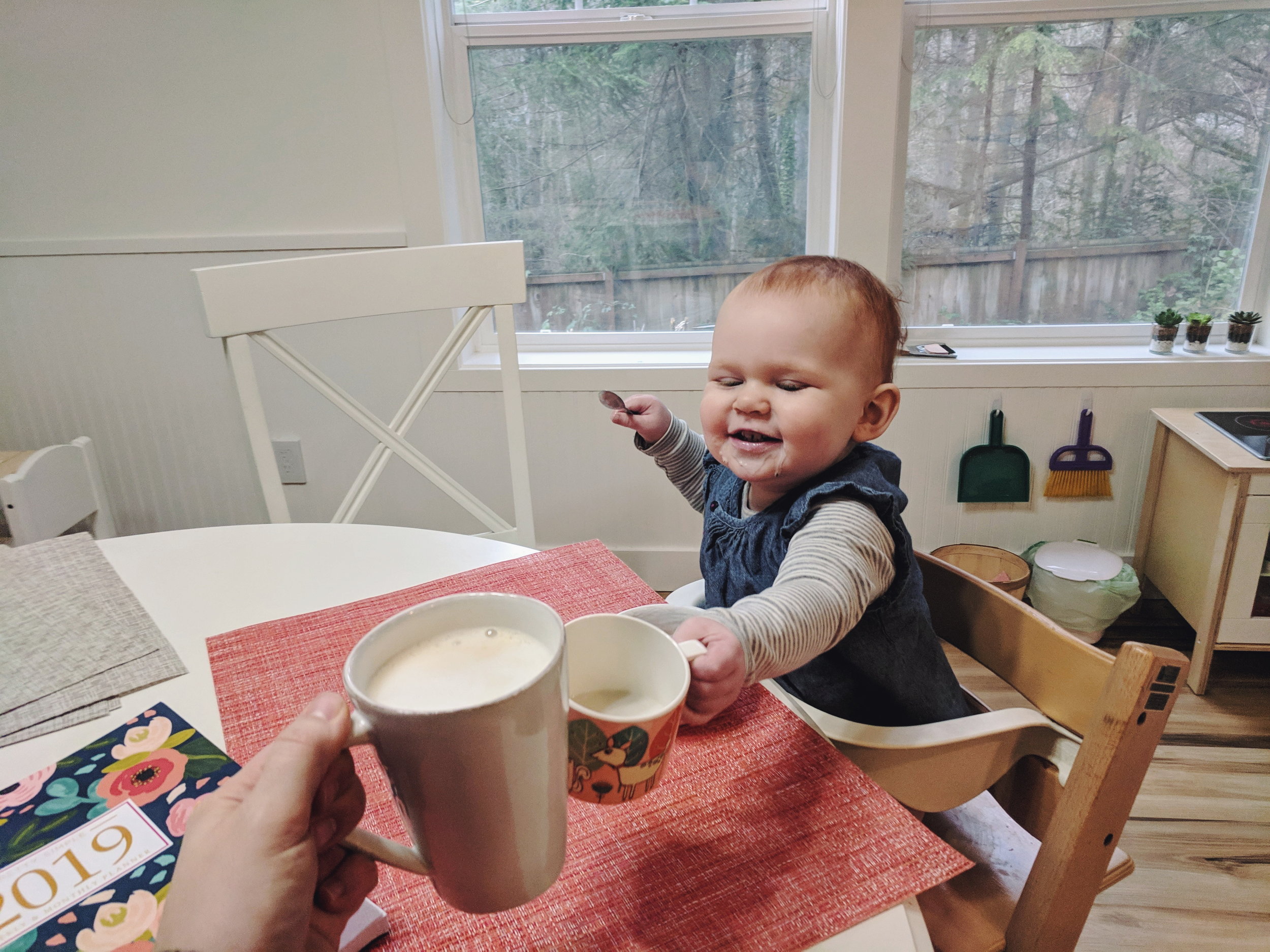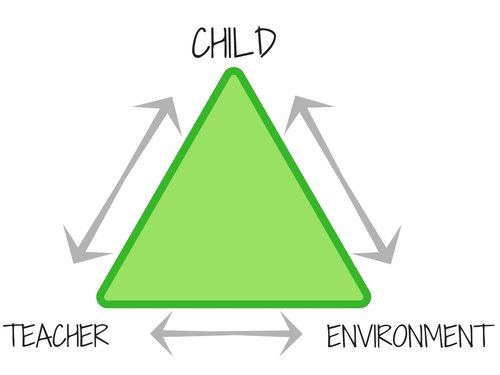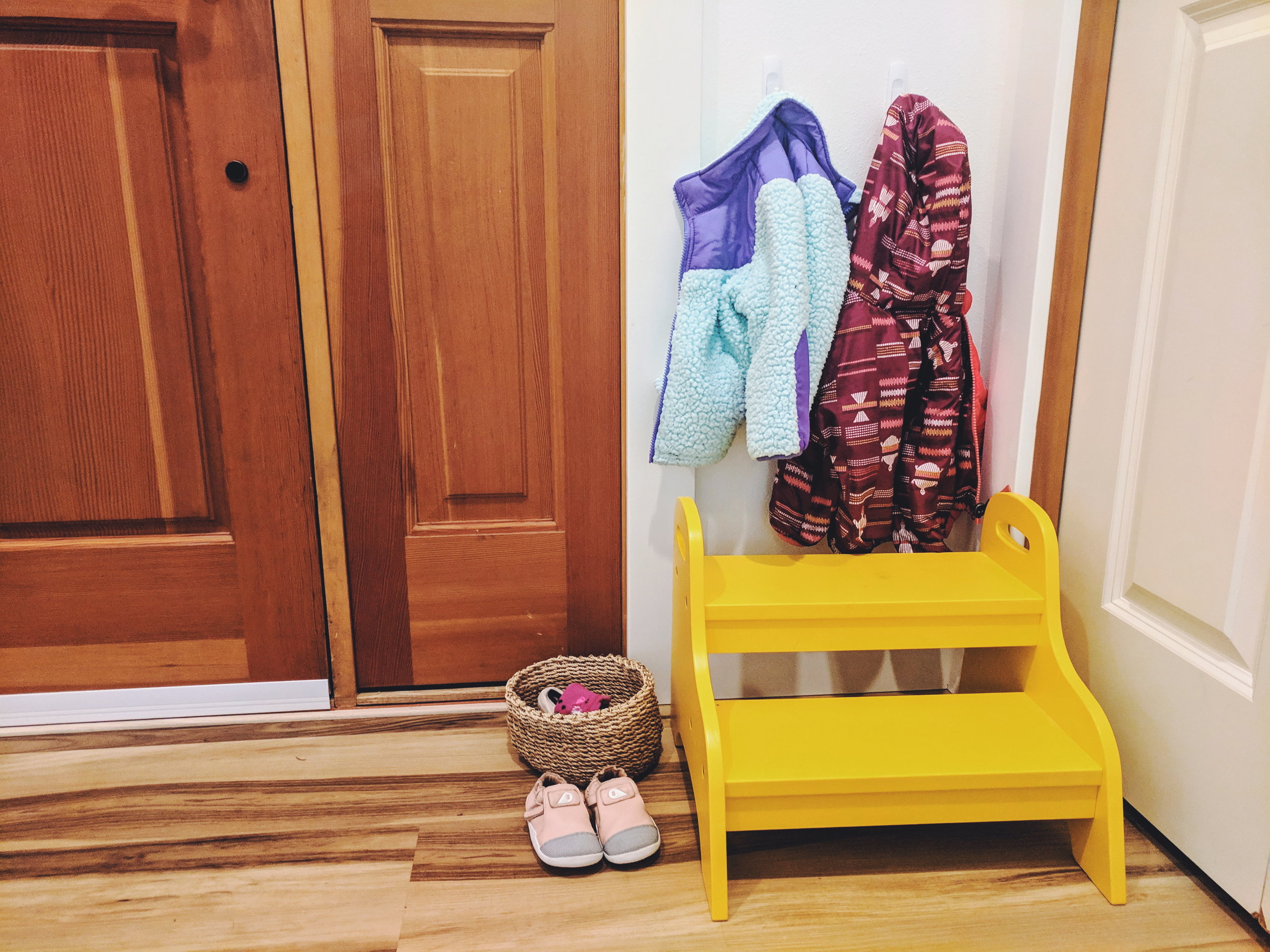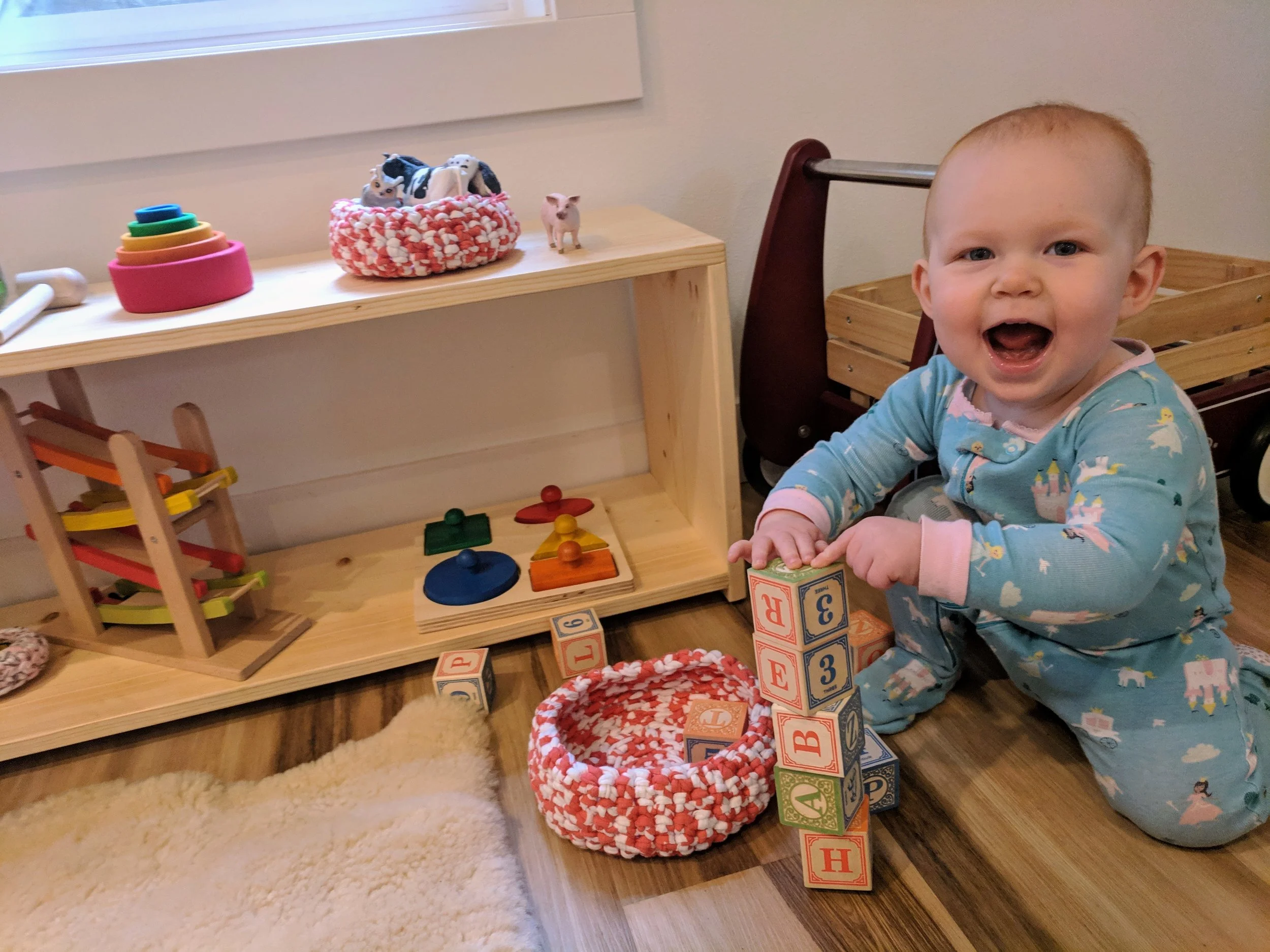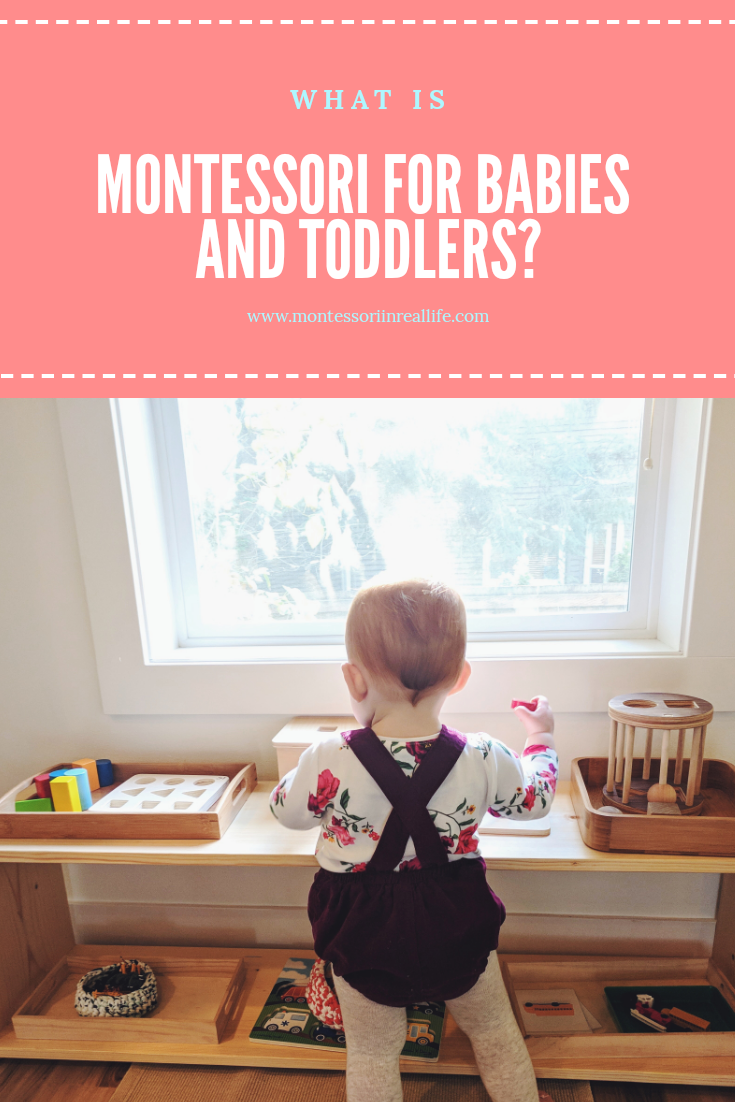A Montessori Approach to (not) Sharing
Montessori in Real Life
Sharing is a tricky concept for toddlers. For one, toddlers feel ownership (rightfully so) over anything that is in their hands. Second, until sometime between two and a half and three, toddlers typically prefer to "parallel play", meaning they play next to others but not necessarily with them. Cooperative play comes even later.
Now that D has a little brother, is in a part-time Montessori program, and has plenty of social opportunities, sharing has become a more relevant topic. At two and a half years, D loves to be with her friends, especially singing songs or sharing snack together. She is even starting to enjoy more cooperative coloring, building blocks, or other group games. She understands that she has her toys and S has his, but there are blurry ownership lines. As she navigates these new social interactions, it has me thinking a lot about our approach to sharing.
As much as she enjoys playing with friends, she also finds a lot of “flow” and joy in independent play. Through focused play, D is concentrating, working through problems, and using trial and error. When she is engrossed in her activity, I don’t want to interrupt her flow by making her share. I want her to be able to play with friends, but also to feel comfortable saying no, and to respect when others do too. This often means saying no to sharing.
Rather than forcing toddlers to share, we can help them take turns, or ask to work together. A child who is working with a toy or material should be given the time they wish to have to concentrate and enjoy it. The child who wants the toy can be told "It looks like ____ is using that work right now. You can use it when they are done with it." If the activity is something that can be enjoyed together, the child playing with the desired toy can also be asked, “Would you like to play with ___, or would you like to play by yourself?” Modeling this language helps the toddlers to verbalize this on their own. You often hear in a Montessori classroom, “my work”, as well as asking to work together.
This is obviously easier in a Montessori classroom, where toddlers know if a work is on the shelf, it's available; if it's in use, it's not. On a playdate or at the park, we can follow the same principles but perhaps with a bit more flexibility. If D is playing with a bucket that another child clearly wants, I would say "I see that she wants to play with the bucket too. Do you want to play together?” If she doesn’t I would say, “How about you play with it for a bit longer and then we give her a turn." If she’s upset by this, I would acknowledge her feelings, offer comfort, and remind her that she can have another turn soon. “I know it’s hard to wait for your turn. You could play with this other toy while you wait, or you could ask to watch.”
With friend Marley of Montessori in Motion
If another child tries to take a toy from D in a public setting and the parent doesn't say anything, I might gently stop the action and say to the child that D is using it right now but she can have a turn next. Often D has already said that it is hers. If the child still takes it, I don't force the child to give it back but if D is upset, I say out loud to her, "Oh it looks like she really wanted to play with that toy too. It made you upset that she took that toy from you. Let's find something else to play with" and walk to another area, when possible.
Lastly, if D takes a toy from another child, I would say something like “Oh, he was using that right now. Let’s give it back to him and find something new. You can have a turn when he’s done.” If she doesn’t give it back, I’d give her the option to either give it back or have me give it back. Again, I’d acknowledge her feelings and offer her alternatives.
One could argue that toddlers should work this out amongst themselves. I agree, if they are agreeable to playing together. But in many cases, with young toddlers especially, I like to say something in this scenario because they are still working on communicating effectively. It gives her language to use herself. I also don’t want D to think it’s okay to consistently take other’s toys or have them taken from her. While I don’t think we need to intervene in every scenario, I do want to set expectations of turn-taking and treating others with kindness early on. Thanks to Montessori, I also place a lot of value on focused, uninterrupted play. If we are constantly forcing our kids to share, or making them give up their toys or vice versa, they aren’t allowed to find their rhythm in play.
When it comes to interactions with her little brother, I obviously do the talking for baby S. Now that he’s becoming mobile, the reminders go both ways. If D takes his toy, he doesn’t care at this point, but I would say “S is using that right now. Let’s find something else for you to play with.” Alternatively, if he’s okay with it, she can replace his toy with something new, which she often does on her own. If S starts pulling at D’s work, D will usually say something like “that’s mine, Booboo!”, and I will offer him a toy of his own. As he gets older, I’m sure they will choose to play together, but for now, D prefers to play alone, next to him, or to entertain him with stories and songs.
At two and a half, D is finding the balance between playing with friends, her brother, and focusing on her own. Sharing doesn’t have to be the answer. I want the choice to be hers first and foremost.














